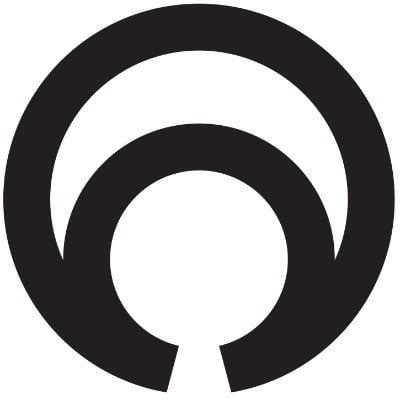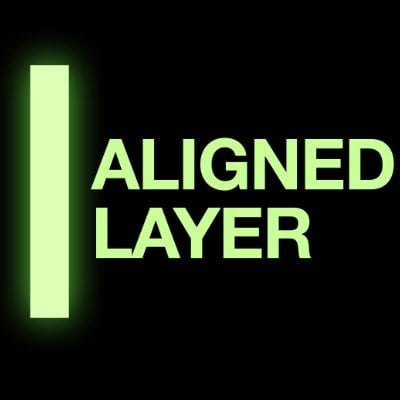Delphi Explores Shared Provers: A New Frontier in Modularity
Original Title: Delphi Digital X Account
Author: Delphi Digital
Compiled by: Luffy, Foresight News
It is generally believed that modular theory consists of four layers: DA (Data Availability), Consensus, Execution, and Settlement. However, a new layer, the Shared Prover, may be integrated into modular theory.
Could it be the missing piece for efficient and scalable verification? Shared provers, proof aggregation, and prover markets are changing the landscape of zero-knowledge proofs. You can learn everything you need to know in our latest report.
Here are the key points from the report
zk Rollup Brief Review
zk Rollup solutions can scale Ethereum's transaction capacity by moving transactions off-chain for faster processing while achieving hard determinism on Ethereum and verifying through zk proofs (zero-knowledge proofs).
zk Proofs: Fast Verification, Slow Generation
While zk proofs are powerful in terms of privacy and scalability, generating proofs on Ethereum can be costly and slow.
High proof costs can limit zk applications. New approaches like proof aggregation and prover markets aim to address these limitations.
Prover Supply Chain
Shared sequencers provide high throughput for cross-blockchain transactions. However, they do not actually prove anything. They may eventually integrate with shared prover networks to delegate this task.
Today, Rollups face the dilemma of expensive, individual zero-knowledge proof submissions.
The prover network offers a solution: a unified market where various zk applications can outsource proof generation to specialized proof service providers, improving cost and efficiency.
Shared provers can greatly improve the situation for applications that require zk proof support but lack internal zkVM or circuit development resources.
Currently, Rollups submit individual zk proofs, leading to high gas costs during peak times.
The goal of the prover network now is to outsource proof generation to specialized hardware providers to enhance efficiency.
In a network with multiple Rollups connected to the prover network, the transaction lifecycle works as follows:
Rollup submits proof request.
Matching mechanism selects a prover.
Prover fulfills the request.
Proofs are aggregated.
Prover submits the final proof to L1 for verification.

Sharing Verification Costs
Proof Singularity refers to various technologies aimed at reducing the on-chain verification cost of proofs.
Proof aggregation is one of these technologies, compressing multiple valid proofs into a single proof that can verify all the proofs.
This "batch verification" can reduce gas costs compared to verifying each proof individually.

zk App Prover Costs
The high verification costs of zk applications and proof generation time will ultimately be passed on to users.
In recent years, zk applications (mainly Rollups) have spent nearly $30 million in gas to verify and publish proofs on-chain.

Proof Aggregation Protocol Overview
Nebra UPA
Nebra UPA allows zk applications to bundle multiple proofs to reduce verification costs, claiming to support about 10 proofs per second on the testnet. Their provers are currently centralized but plan to implement permissionless proofs in the future.
They have a mandatory inclusion mechanism similar to existing L2 escape hatches. If a prover censors or delays a proof, zk applications can bypass the prover and enforce proof settlement on L1.

Aligned Layer
Aligned Layer is a general zk verification layer for Ethereum protected by EigenLayer AVS. Restakers provide soft finality for users through proof aggregation and single Ethereum submission. The default DA is EigenDA, but other DA layers such as Celestia or Avail can also be chosen.

AggLayer
Polygon's AggLayer is a neutral infrastructure for secure cross-chain interactions. It aims to unify independent blockchain networks under a cross-chain bridge, facilitating interoperability without compromising blockchain sovereignty.
The system is designed to aggregate proofs from all connected Rollups and then submit a unique proof that contains the Merkle tree of each individual submitted proof.
It does not require a specific virtual machine or execution environment
Blockchains can freely choose their own gas tokens
It does not require adherence to joint governance.
At the underlying level, the infrastructure that integrates all of this is the LxLy cross-chain bridge, which standardizes a universal cross-chain messaging protocol to allow Rollups to communicate with each other and with Ethereum while maintaining sovereignty.

Brief Explanation of How LxLy Works
Each chain tracks withdrawal transfers in a Merkle tree (exit tree)
All exit trees are merged into a global exit tree, shared cross-chain
Updates to local and global trees allow for verification and net withdrawal calculations.
Additionally, Agglayer has a shared cross-chain bridge between connected Rollups, simplifying asset flow between L1 and L2. Assets are collateralized in an L1 contract without the need for wrapping or locking/minting.

Traditionally, frameworks rely on a single internal prover, which poses risks of censorship and activity issues. Prover networks may start in a centralized manner and gradually decentralize over time.
The decentralization of the prover market remains an open question, but some approaches are being explored:
Proof competitions: The fastest prover wins, improving efficiency but wasting computation (costs passed on to users).
Proof mining: Similar to PoW mining, using random numbers to prevent winner-takes-all (computation waste still exists). Hardware acceleration in SNARK ASICs is expected to reduce costs.











